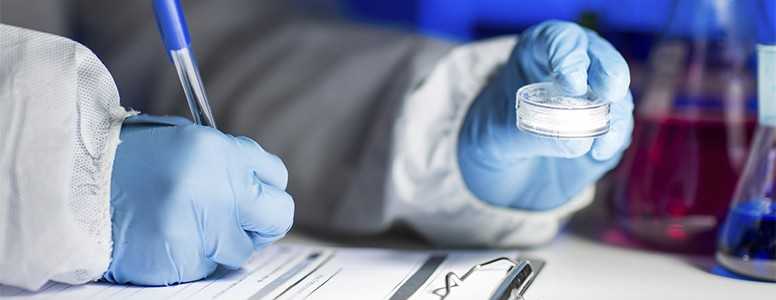A $2.9m research project aiming to find ways to prevent and treat type 2 diabetes using electronic devices is underway.
Global giant General Electric (GE) has announced a collaboration with Defense Advanced Research Projects Agency (DARPA) to create bioelectronic treatments for the condition which do not involve drugs.
GE’s experience lies with biomedical research, while DARPA develops non-drug treatments for medication conditions that target the nervous system.
The theory behind the partnership is that some diabetes drugs can cause side effects, but non-invasive medical devices could eliminate these.
The three-year program will focus on developing devices which read and modulate the electrical activity in the body’s nervous system.
Then the aim is for the devices to stimulate metabolic biosystems and replicate the actions of conventional drugs.
The scientists aim to one day be able to prevent the onset of metabolic dysfunction, which is related to development of type 2 diabetes.
“Today’s drug treatments and monitoring methods for diabetes can be uncomfortable and time consuming, and create side-effects for patients. Our project with DARPA aims to find a better alternative that treats diabetes with non-invasive medical devices without the side effects associated with drug treatments,” said Victoria Cotero, global research biologist at GE.
The team recently looked at reading and interpreting nerve signals as part of research carried out by the Feinstein Institute for Medical Research.
Editor’s note: Research to restrict the need for medication in diabetes is encouraging, and coming off medication in type 2 diabetes has shown to be possible by eating a healthy, real-food diet and getting regular exercise. For more information, visit our Low Carb Program.
What's new on the forum? ⭐️
Get our free newsletters
Stay up to date with the latest news, research and breakthroughs.





